In this post, we will learn the difference between relay and contactor.
Well, most of us are familiar with relays and contactors. They both are devices used to switch on or off the power supply from its input to the output. This helps in controlling the electrical connections of a circuit.
Both work in a similar fashion, but there are differences too between them. In this post, we will see the difference between a contactor and a relay.
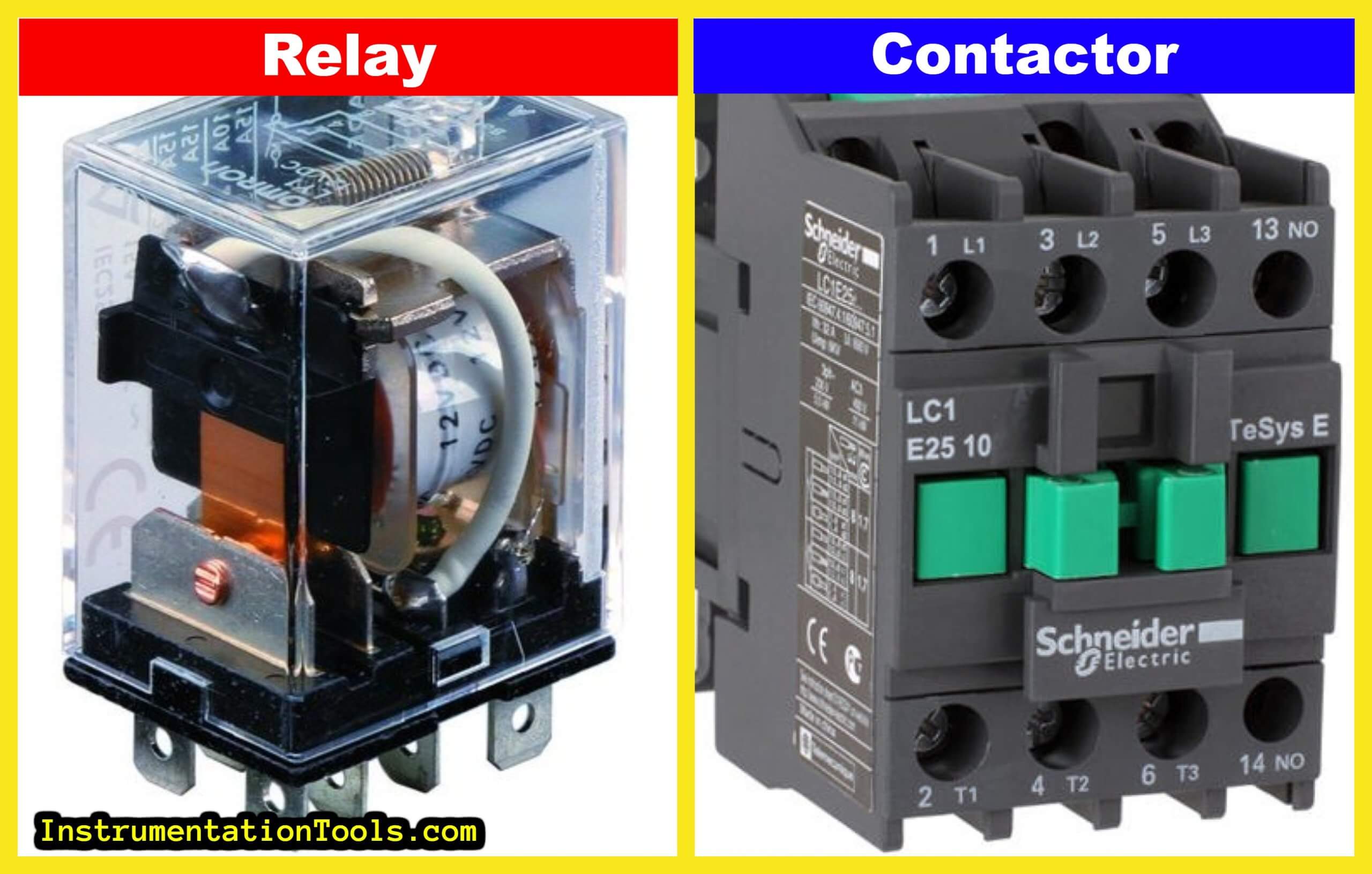
What is a Relay?
One of the most important components used in an electrical panel is a relay. A relay is a device that turns opens or closes its contacts based on the input voltage applied to it.
So, basically, it is a type of switch which is used in controlling electrical circuits. There is no need to manually turn on or off the contacts; the work is done by a relay automatically.

As shown in the above figure, Relay has 5 contacts – positive and negative potential for power supply, Common, NO (Normally Open), and NC (Normally Closed).
When the input potential is not applied, then the voltage applied at common terminal contact will pass through NC terminal contact; because it is normally closed and it opens when the relay is energized. At that time, NO terminal contact will open.
When the input potential is applied, then the voltage applied at common terminal contact will pass through NO terminal contact; because it is normally open and it closes when the relay is energized. At that time, the NC terminal contact will open.
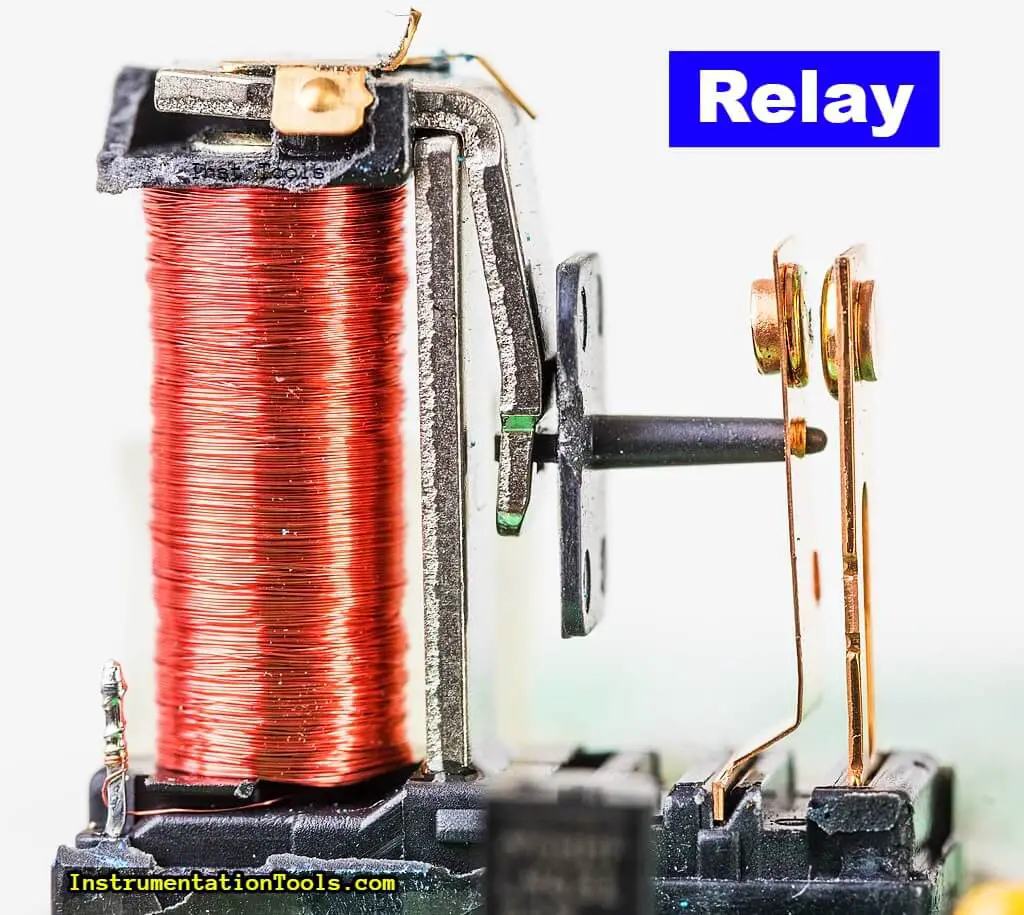
What is a Contactor?
A contactor is a device that is used to control the supply of a three-phase power supply in an electrical circuit. Its role is to switch on or off the power supply supplied at its output.
As seen in the image below, the contactor generally has three connections – a three-phase power supply, a contact for energizing it, and a contact for giving feedback to the PLC or any other electrical interlock.
The image shown describes the generally used setup for connecting a contactor.
Let us understand the working of a contactor. When the contactor is energized (by supplying power to A1 and A2), it switches on the three-phase supply connected at its input terminals (L1, L2, L3) to its output terminal (T1, T2, T3).
The contactor then passes its running feedback back to the PLC through an auxiliary contact connected to it (NO and COM here).

Here, A1 and A2 are its energizing contacts. There are DC and AC options available in it. NO/NC and COM are the auxiliary contacts that get energized depending on the switching of the contactor.
The L1, L2, and L3 are the input three-phase terminals. T1, T2, and T3 are the output three-phase terminals. L1 is switched to T1, L2 is switched to T2, and L3 is switched to T3 when the contactor is turned on.
Difference between Contactor and Relay
The following are the main differences between electrical contactors and relays.
- The very first difference is the load capacity. Contactors are designed to carry a higher current capacity than a relay. This is because contactors need to handle three phase supply as compared to a relay which is not designed for a three-phase supply.
- Relays by default have two contacts – NO and NC. There is no option in disabling any of them; then it is no use of calling it a relay. But, contactors as discussed earlier have auxiliary contacts; which gives the option to either use NO or NC contacts, or not. It depends on the application you are using the contactor for.
- Contactors are larger in size than relays.
- Relays are usually rated for 250V AC, but contactors can be rated up to 1000V AC supply.
- Relays do not have an arc suppression system built in, as compared to contactors which have an arc suppression system built-in for handling large current loads.
In this way, we understand the difference between relay and contactor.
If you liked this article, then please subscribe to our YouTube Channel for Instrumentation, Electrical, PLC, and SCADA video tutorials.
You can also follow us on Facebook and Twitter to receive daily updates.
Read Next:
- Circuit Breaker Testing
- Types of Electrical Loads
- Dahlander Motors Principle
- Servo Motor Control Drives
- Industrial Storage Batteries
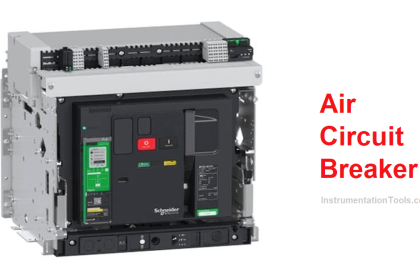

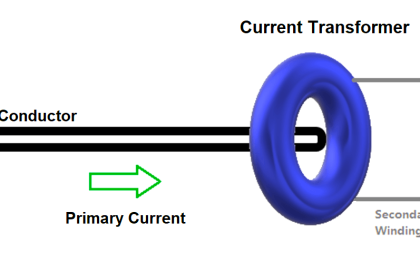
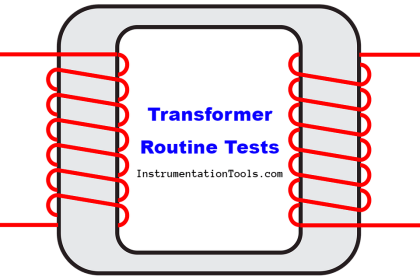


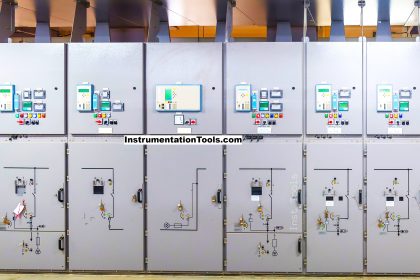
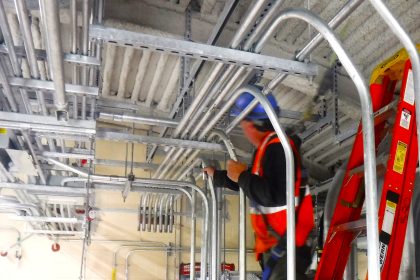
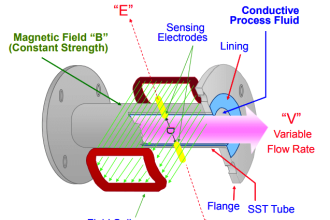
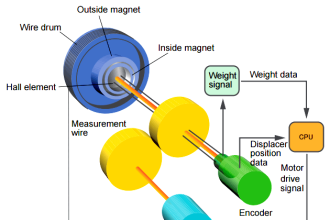


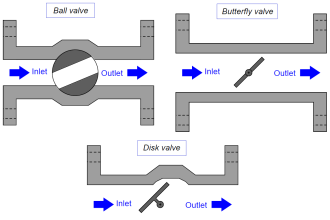
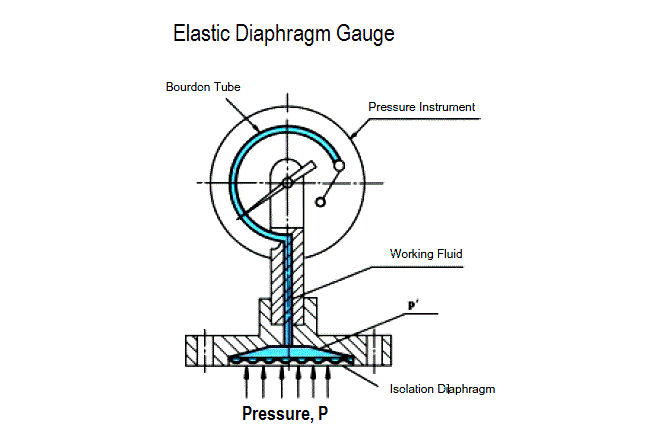
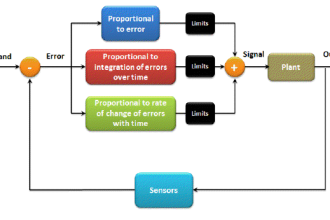
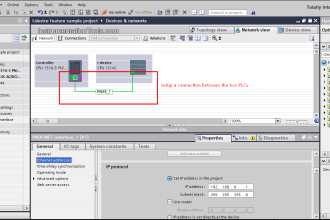

I have 70A relays and 10A contactors so the difference is not small current for relay and large current for contactors.
The difference is the contact design, you described the relay perfectly, it pivots between N/O and N/C, and some relays only have N/C but it still pivots.
A contactor has a contact that makes or breaks a circuit in two positions on the switch, ie a flat bar that joins two point together when closed and not touching either when open.
Other statements that are incorrect are:
Contactors have arc suppression, no they do not they can break inductive loads better because the opening becomes twice the size for the same distance moved as they open in two parts.
Relays are smaller, many relays are much bigger than contactors
Not all relays have a N/C contact, most automotive are 4 terminal, two for coil and two for N/O contact.
Warren